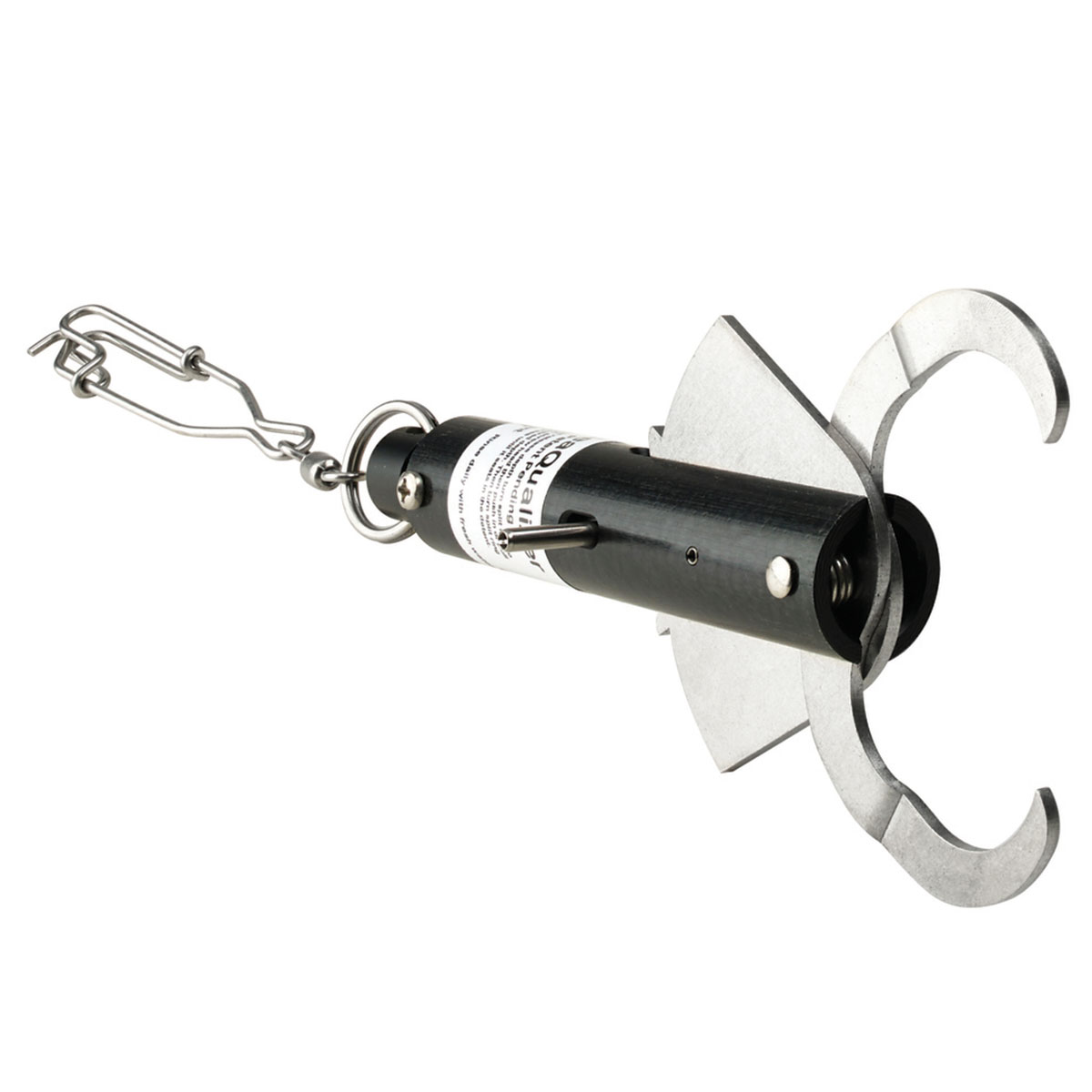

Descending devices work by returning a fish back to its original depth, thus allowing the fish’s swim bladder to naturally return to its original size. (Photo by David Hay Jones)įortunately, anglers can help mitigate the effects of barotrauma by using descending devices or venting tools. This red snapper is experiencing barotrauma, as evidenced by its stomach, which is inverted and protruding from its mouth. To make matters worse, fish experiencing it are generally unable to return to depth if tossed overboard in their current state, they will likely float and struggle at the water’s surface.Īfter an extended period, these fish may eventually decompress enough to swim back down to depth however, during this time, these fish are also very susceptible to death from predation, stress or barotrauma-related injuries. Even at a depth of only 50 feet, the pressure is already more than twice that of the surface! As a result, when fish are caught from depths of 50 feet or greater, their swim bladders often expand like balloons and exert great force on the other internal organs.įish experiencing barotrauma typically have some combination of an inverted and protruding stomach, bulging eyes, distended intestines and/or a bloated belly. Barotrauma refers to injuries sustained due to changes in pressure. There are several reasons why a fish may die after release – a term called discard mortality – but for reef fish, the biggest reason is barotrauma. Every year, millions of Gulf of Mexico reef fish die after being caught and released.


 0 kommentar(er)
0 kommentar(er)
